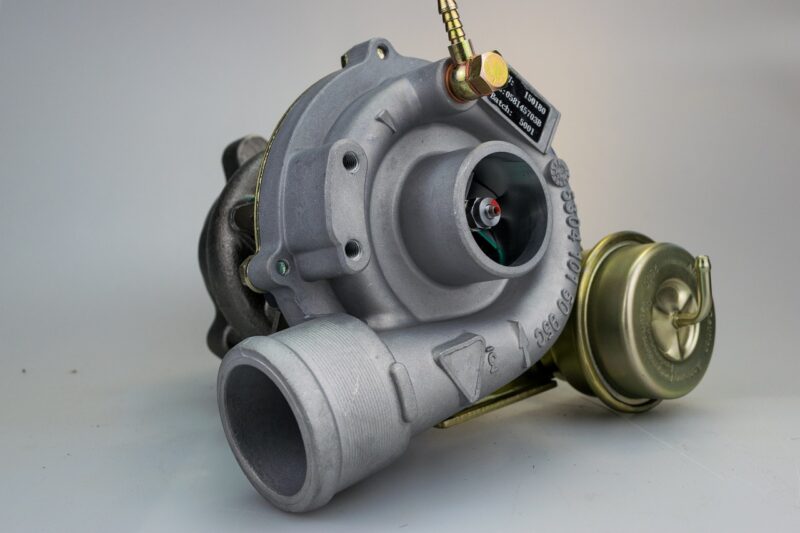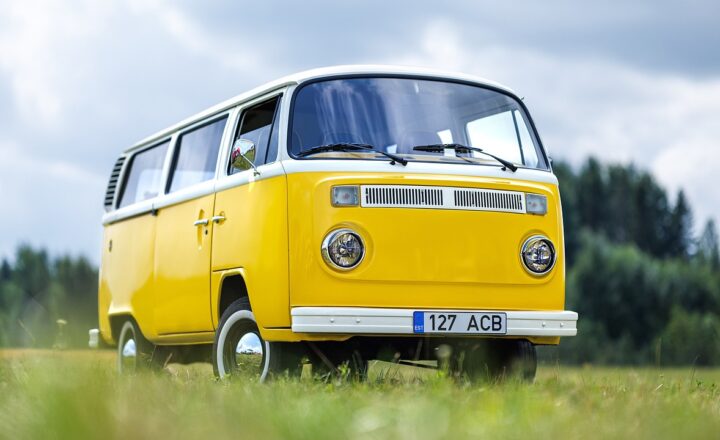The Saab 900 Turbo: How a Swedish Car with Turbo Power Became a Cult Classic
November 13, 2024

The Saab 900 Turbo is more than just a car; it’s a symbol of automotive innovation and design excellence. Launched in the early 1980s, this Swedish marvel quickly captured the hearts of car enthusiasts and everyday drivers alike. Known for its distinctive styling, turbocharged performance, and robust safety features, the Saab 900 Turbo has earned its place in automotive history as a cult classic.
1. The Birth of the Saab 900 Turbo
The Saab 900 was first introduced in 1978, but it was the Turbo variant introduced in 1979 that truly set the stage for greatness. Saab engineers were pioneers in turbocharging, a technology that significantly improved engine performance without increasing fuel consumption. The 900 Turbo came equipped with a 2.0-liter, four-cylinder engine that produced an impressive 145 horsepower, allowing it to go from 0 to 60 mph in just 8.5 seconds.
What set the Saab 900 Turbo apart was not only its performance but also its unique design. The car featured a sleek silhouette with a steeply raked windshield, contributing to its aerodynamic efficiency. The interior was equally impressive, furnished with high-quality materials and designed for maximum comfort and usability.
2. Turbocharging: A Game Changer in Performance
Turbocharging was a relatively new concept in the automotive world during the late 1970s and early 1980s. The Saab 900 Turbo’s innovative engine technology provided drivers with the thrill of added power without the drawbacks of increased engine size. Turbo lag—the delay in power delivery after acceleration—was minimized through thoughtful engineering. Saab’s design allowed for a more responsive throttle, making it an exhilarating driving experience.
Enthusiasts praised the car’s ability to overcome the challenges of hilly terrain and steep inclines with ease. This made the 900 Turbo highly popular in regions with varying landscapes, solidifying its reputation as a versatile performance vehicle.
3. Cult Following and Community
As the Saab 900 Turbo gained popularity, a devoted fan base began to form. Owners were not just buying a car; they were joining a community. Club Saab and other online platforms have cultivated a vibrant culture around the Saab brand, celebrating the models and their unique characteristics.
Car shows, meet-ups, and road trips became common for Saab enthusiasts. Restoration projects and DIY modifications further strengthened the community narrative, with many enthusiasts taking on the challenge of restoring classic Saab 900 Turbos to their former glory.
This grassroots enthusiasm led to a growing culture of modification among owners. The 900 Turbo became a blank canvas for performance upgrades and aesthetic modifications, allowing fans to personalize their vehicles while maintaining admiration for the original design.
4. Safety Innovations at the Forefront
Saab has always prioritized safety, and the 900 Turbo was no exception. It featured several innovative safety measures, including a solid construction and crumple zones designed to absorb impact. Additionally, Saab introduced advanced technologies such as anti-lock braking systems (ABS) and reinforced passenger compartments, ensuring driver and passenger safety without sacrificing performance.
This emphasis on safety did not go unnoticed, and it attracted a demographic of buyers who valued not only performance but also peace of mind on the road. In fact, many regarded the Saab 900 Turbo as a “sports car” that could also serve as a reliable family vehicle.
5. Broader Impact on the Automotive Industry
The Saab 900 Turbo’s impact went beyond its cult status; it influenced many other automakers. The turbocharged engine became a desirable feature across various brands, with companies like BMW and Volvo taking cues from Saab’s innovation. The car demonstrated that performance and efficiency could coexist, paving the way for further advancements in turbocharging technology.
Today, turbocharged engines are popular in many high-performance vehicles, and Saab’s legacy can be felt in the sports cars of today. The principles that guided the design and engineering of the Saab 900 Turbo remain relevant and influential in the modern automotive landscape.
6. The End of an Era: Production and Legacy
The production of the Saab 900 Turbo continued until 1993, during which time it underwent several design refinements and engine upgrades. Despite the discontinuation of the model, its influence remains strong among automotive enthusiasts.
Today, well-maintained Saab 900 Turbos are celebrated in collector circles and often fetch high prices at auctions for their rarity and classic appeal. They represent a blend of performance, safety, and unique Scandinavian design that is hard to replicate.
Many vintage car shows feature Saab 900 Turbos, attracting a mix of older enthusiasts who fondly remember the cars from their youth and younger generations discovering the iconic model for the first time.
7. Conclusion: The Enduring Appeal of the Saab 900 Turbo
The Saab 900 Turbo transcends its role as just a vehicle; it embodies a passion for driving, innovation, and community. The automotive world’s embrace of this Swedish classic showcases the power of thoughtfully engineered vehicles that resonate with both performance and aesthetic sensibilities.
As we reflect on the legacy of the Saab 900 Turbo, it is essential to appreciate how it not only changed perceptions of what a car could be but also inspired an entire generation of automotive enthusiasts. Whether on the road or showcased at auto meets, the Saab 900 Turbo continues to be a source of excitement and admiration for car lovers around the globe. Its story is far from over, and with every well-preserved model that rolls through the streets, the legend lives on.







